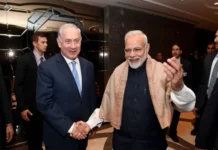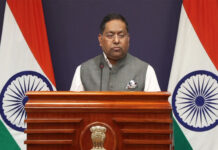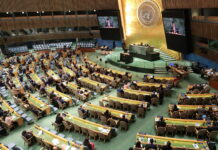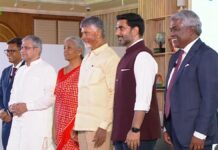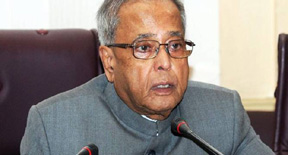 NEW DELHI: Should Indian Prime Minister or Finance Minister meet industrialists individually?
NEW DELHI: Should Indian Prime Minister or Finance Minister meet industrialists individually?
President Pranab Mukherjee has posed this question in his just released autobiography.
He has answered the question himself by stating that his meetings with industrialists, individually or collectively, were very important.
This, the President said, is what he had followed during his tenure as Finance Minister and Commerce Minister unlike V P Singh who was “adamant” about not having any one-on-one meetings with industrialists.
Mentioning about the period between 1988 rpt 1988 and 1991, which was marked by social and political turmoil in the country, Mukherjee cited differences in approach between him and V P Singh, who was appointed as Finance Minister under the Rajiv Gandhi government.
“For instance, as Finance Minister, he was adamant about not having any one-on-one meetings with industrialists. My view–which I followed during my tenures as the Finance and Commerce Ministers–was that meetings with industrialists, individually or collectively, were very important to get an overall understanding of specific contexts.
“In other words, how can a Finance Minister or Prime Minister not meet industrialists?,” the President asked in the memoir–“The Turbulent Years- 1980-1996”.
On much talked about differences between Manmohan Singh and him, Mukherjee said he had no role in Singh’s exit as RBI Governor. He, however, said the differences between him and central bank head were nothing more than legitimate exchanges of opinion over professional matters.
“I never saw my differences with Dr Singh, on the rare occasions they occurred, as anything other than legitimate exchanges of opinion over professional matters.
“Let me add that, contrary to conjecture in some quarters, I had absolutely no role in Dr Manmohan Singh’s departure from the RBI,” the President said.
Mukherjee said the relationship between the Finance Minister and the Governor of RBI is complex and it is impossible that they be of one mind on all issues.
Singh was RBI Governor between September 16, 1982 and January 14, 1985. Mukherjee was Finance Minister from January 1982 to December 1984. . Mukherjee held the post of Deputy Chairman, Planning Commission, from June 1991 to May 1996, the entire period of P V Narasimha Rao’s tenure as Prime Minister.
“It was a period when several radical measures were being put in place to liberalize the economy. However, PV(Narasimha Rao) and I were both clear that the Planning Commission had to continue playing a pivotal role in policymaking and the allocation of resources between the Centre and the states,” he said.
PV’s biggest achievement was spearheading the economic reforms of 1991. These reforms put our country on a high growth trajectory and helped towards achieving our true economic potential. The economic reforms program unlocked India’s entrepreneurial potential across various sectors of the economy, Mukherjee said.
In the financial sector, measures were implemented to bring capital adequacy and prudent norms for asset classification in banks, the licensing of new private banks, the gradual decontrol of foreign exchange, currency convertibility, privatization and disinvestment. Foreign investment norms and external trade were liberalized.
The President said Rao had a unique style of functioning.
“The occupation of Hazratbal shrine in Jammu and Kashmir by terrorists was put to an end in 1993 without any damage to the holy structure,” he wrote.
The President mentioned how he worked out a new “Gadgil-Mukherjee formula”, by working with Deputy Chairman of Planning Commission D R Gadgil, for non-special category states.
“The uniqueness of the Gadgil-Mukherjee formula was the inclusion, for the first time, of a performance criterion for the allocation of central resources in plans.
“This formula prevailed from 1991 till the establishment of the Niti Aayog–with Arvind Panagriya as Vice Chairman–which replaced the Planning Commission,” he said.–PTI



